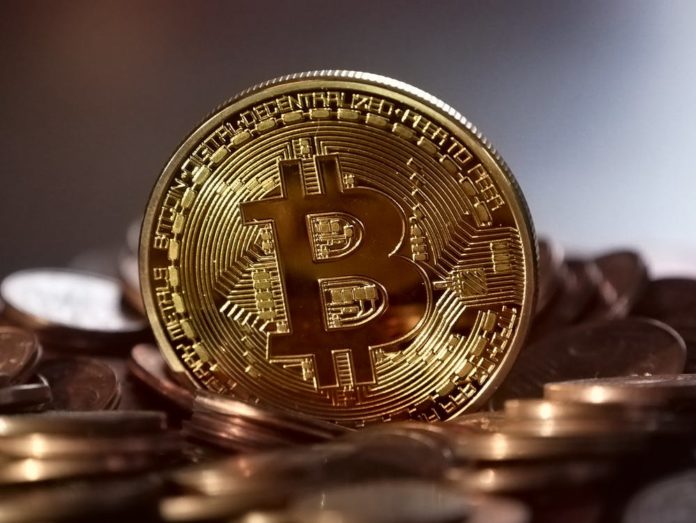Bitcoin continues its rise in prevalence as a preferred alternative to traditional banking. It is more popular today than ever, and its popularity will only increase with time thanks to a mass network of fundamental users—more than with any other alternative digital payment currency, who rely on Bitcoin for frequent transactions meant to bolster their investments and store of value.
And as more people in this network of millions of Bitcoin users throughout the world continue to view this currency as a true asset, its prevalence will only propagate. Soon, much like the Internet and many startup technologies that grew in popularity over a few decades, Bitcoin will break through to the mass market as a common alternative form of payment, encouraging those who have relied on traditional banking in the past more open to cryptocurrency transactions. But as it is today, the three most common types of retail consumers who use Bitcoin are millennials, the underbanked (or unbanked population), and early adopters in the general public
Here is an overview of each retail consumer and why they possess a spirited willingness to use Bitcoin despite other people’s misgivings and inhibitions about this relatively new form of currency.
Millennials Want Bitcoin
Bitcoin is most popular with the millennial generation because this age group regard Bitcoin highly as a store of value and an investment, often one that is more valuable to them than government bonds, stocks, real estate, and gold.
With 93% of millennials saying that no-fee banking is a crucial factor when selecting the right financial institution, a low-cost alternative like Bitcoin is a welcome change. Millennials want a new way of banking, different from the traditional systems their parents and grandparents have used. Of course, it certainly helps that Bitcoin ATMs enable financial transactions with instant funding—no holds on funds, no rejected transactions, and no unnecessary fees beyond exchange rate costs to convert cash into Bitcoin.
Finally, the most apparent reason millennials boldly embrace Bitcoin is simply their tech-savvy nature. This is the same generation that grew up with a smartphone in their hands or witnessed the major transition from an analog to a digital age during their formative years. With this acceptance of and competency with the latest technological advancements, millennials are more willing to take risks and try new things, even with regards to banking. For instance, an older generation might see an e-commerce platform that accepts cryptocurrency payments as a considerable detractor that would dissuade them from shopping on that site, but millennials view it as an exciting opportunity to save money.
The underbanked need Bitcoin
The underbanked do not have sufficient access to traditional financial institutions. This means that everyday financial products or services offered by most mainstream banks, such as credit cards and loans, are unavailable to them by virtue of their low credit scores, lack of credit, or low income.
Overall, 25% of all U.S. households are either unbanked or underbanked. For them, Bitcoin is a much-needed chance to break free of financial insecurity. For the underbanked, interacting with Bitcoin is a necessary gamble because the majority of the underbanked and unbanked community deals almost entirely in cash. While many Bitcoin users rely on bank accounts or credit cards to purchase Bitcoin, the unbanked do not have that luxury. For them, the ability to use a Bitcoin ATM or cash-to-Bitcoin service is a great way to engage with digital currencies, especially since it’s quick and efficient.
Since they are using physical kiosks and teller locations to buy Bitcoin instantly, they do not have to worry about substantial transaction limits or delays in transactions, which are common with Bitcoin exchanges and traditional banking institutions.
It’s important to note that the underbanked have essentially been forced out of the traditional banking system – their options to access currency are severely limited. Dealing in Bitcoin opens up a world of new and exciting financial possibilities.
Early adopters gain opportunity with Bitcoin
Even before spikes in use of and interest in Bitcoin began, early adopters in the general public passionately sought this new form of currency. Even today, about a decade after the emergence of Bitcoin, some members of the general public are pursuing it as a significant investment opportunity.
Overall, the general public believes that Bitcoin presents them with a tremendous opportunity as an investor. With the value of Bitcoin rapidly growing, it is only a matter of time before initial new-to-market volatility subsides almost entirely, making it a stable investment for these keen investors seeking a more diverse portfolio. Recent market volatility resulting from the pandemic has incited a resurgence of investor interest in Bitcoin and cryptocurrency in general.
Bitcoin gives budding entrepreneurs more avenues for capital creation and transactions. Being on the cusp of this wave will provide them with significant advantages over their potential competition.
Curiosity about new digital payment options for even the less enterprising or pioneering members of the general public is piqued and satisfied by Bitcoin, the most common and prevalent of these new digital currencies.
The future outlook
With numerous reasons to deal in Bitcoin, millennials, the underbanked, and curious members of the general public will persist in their active usage of Bitcoin and ATMs. As their usage pervades mainstream consciousness, Bitcoin’s popularity in the mass market will swell. Before long, these primary proponents of Bitcoin will be joined by countless other people, finally willing to accept this digital currency and integrate it into their daily financial transactions.




















